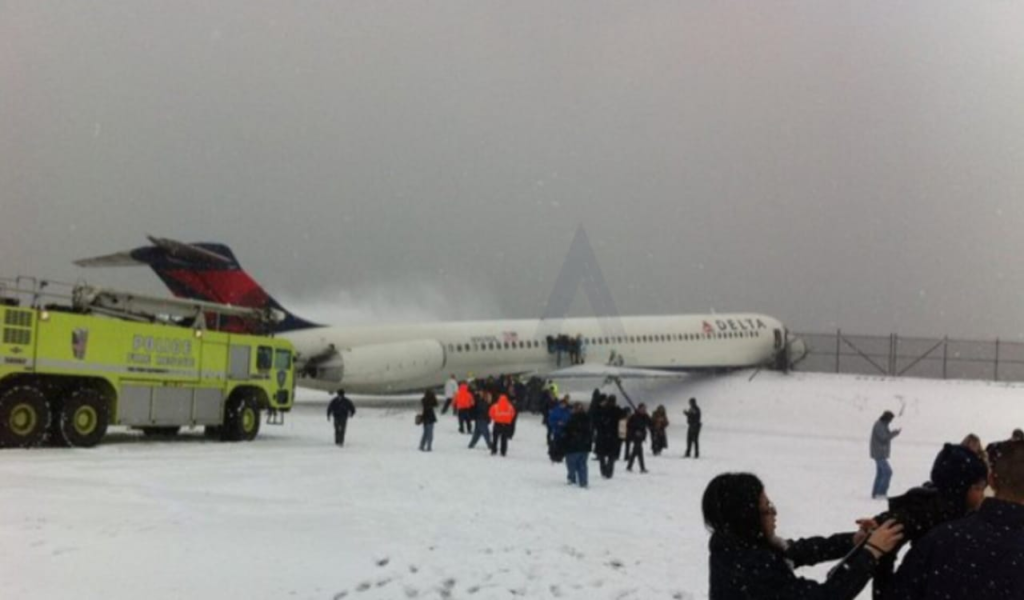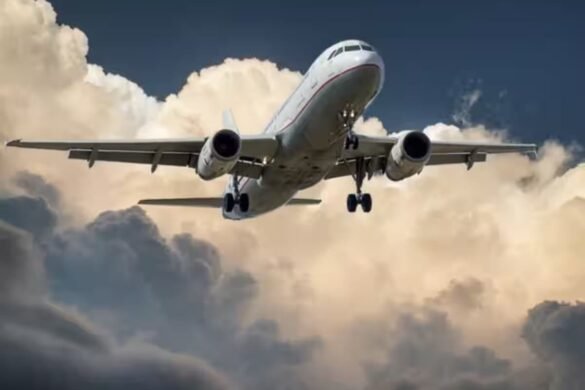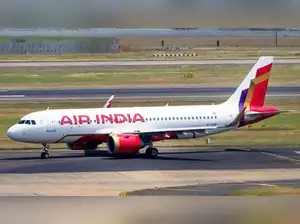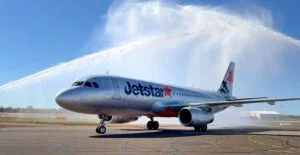On a brisk winter day at San Carlos de Bariloche Airport (SAZS), Argentina, the operations were abruptly halted when a Flybondi Boeing 737-8Q8 aircraft, registered as LV-KAY and built in 2006, encountered an unexpected mishap upon landing. The incident, which occurred on runway 29, involved the aircraft coming to a stop on the snowy surface, leading to operational disruptions that lasted for two hours.
The Boeing 737-800 series, a workhorse in the aviation industry renowned for its reliability and performance, faced an unusual challenge as it completed its landing maneuver. Despite the pilot’s skill and experience, the wintry conditions posed a formidable obstacle. The aircraft, operated by Flybondi, a prominent Argentine low-cost carrier, executed a taxi operation for a 180-degree turnaround at the turning pad near the end of the runway.
The aftermath of the incident necessitated the closure of airport operations for a period of two hours. Such closures are standard procedure in aviation safety protocols, allowing authorities and ground crews to assess the situation, ensure the aircraft’s integrity, and clear the runway for further flights. During this interval, flights were either diverted or delayed, affecting both incoming and outbound travel schedules.
San Carlos de Bariloche Airport, nestled in the picturesque Patagonian region of Argentina, serves as a vital gateway for both domestic and international travelers, particularly those drawn to the area’s natural beauty and recreational opportunities. The incident involving Flybondi’s Boeing 737-8Q8 underscored the importance of preparedness and response in adverse weather conditions, highlighting the challenges posed by winter operations in aviation.
Flybondi, known for its commitment to providing affordable air travel options across Argentina, promptly initiated an investigation into the incident in collaboration with aviation authorities. Such investigations are crucial for identifying the root causes of incidents, implementing corrective measures, and reinforcing safety protocols to prevent similar occurrences in the future.
For passengers and aviation enthusiasts alike, incidents such as these serve as reminders of the complexities inherent in air travel, where factors ranging from weather conditions to mechanical considerations can impact flight operations. The swift response by Flybondi and airport authorities ensured that safety remained the top priority throughout the incident, reflecting the aviation industry’s commitment to passenger welfare and operational integrity.
As operations resumed after the two-hour interruption, travelers at San Carlos de Bariloche Airport witnessed the resumption of flights, albeit with some delays as the airport and airline worked diligently to restore normalcy. The incident involving Flybondi’s Boeing 737-8Q8 aircraft, LV-KAY, serves as a testament to the vigilance and professionalism of aviation professionals in managing unexpected situations and ensuring the safety of all passengers and crew members.
In conclusion, while the incident briefly disrupted operations at San Carlos de Bariloche Airport, it also demonstrated the resilience and preparedness of the aviation industry in handling such events. Through thorough investigation and adherence to stringent safety protocols, the industry continues to evolve and enhance its practices, reinforcing its commitment to safe and efficient air travel for all.



